The United States has been hit by numerous catastrophic floods over the course of its history, causing widespread destruction and loss of life. From hurricanes and tropical storms to heavy rainfall and the collapse of dams, these floods have left a lasting impact on communities across the country. In this list, we examine the 15 worst floods in US history, based on factors such as death toll, property damage, and the number of people affected. These events serve as a reminder of the importance of preparedness and resilience in the face of natural disasters.
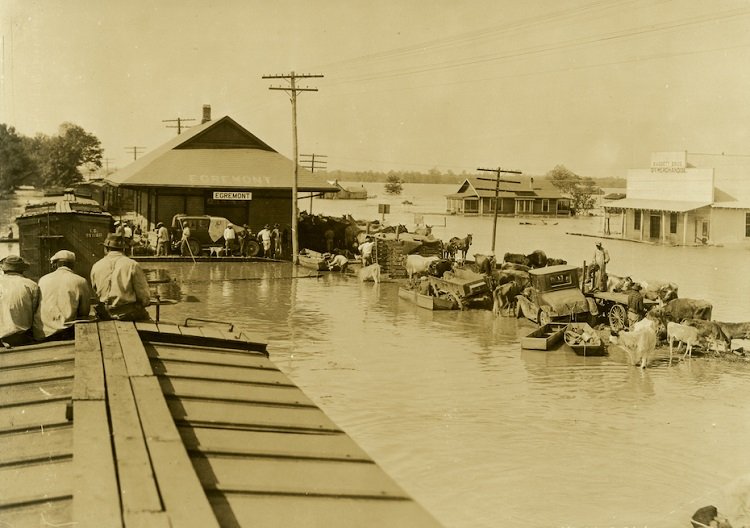
The Great Mississippi Flood of 1927
The Great Mississippi Flood of 1927 was one of the worst natural disasters in the history of the United States. Heavy rainfall in the spring of 1927 caused the Mississippi River to overflow, causing widespread flooding in several states, including Arkansas, Louisiana, Mississippi, and Tennessee. The flood caused an estimated 246 deaths and displaced over 700,000 people, making it one of the largest migrations of people in American history. The disaster also resulted in widespread property damage, with estimates of the cost of the flood ranging from $400 million to $1 billion in today’s dollars.

The Johnstown Flood of 1889
The Johnstown Flood was one of the deadliest natural disasters in US history, killing over 2,200 people in Johnstown, Pennsylvania. The disaster was caused by a failure of the South Fork Dam on the Little Conemaugh River, which sent a wall of water crashing into the town below. The flood devastated the town, destroying over 2,000 homes and leaving tens of thousands of people homeless. Despite the efforts of relief organizations and volunteers, the aftermath of the disaster was characterized by widespread poverty and suffering.
See also: Top 10 Misconceptions About American History
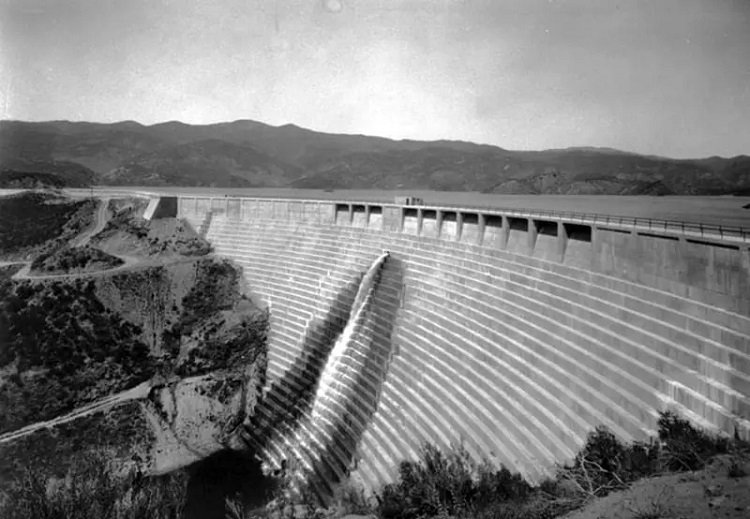
The St. Francis Dam disaster of 1928
The St. Francis Dam disaster was a catastrophic failure of St. Francis Dam in San Francisquito Canyon, California. The dam broke on March 12, 1928, sending a wall of water cascading down the canyon and flooding the communities below. The disaster resulted in the deaths of over 400 people and widespread property damage. The collapse of the dam was one of the largest engineering failures in US history and led to major changes in dam design and construction practices.

The New England Hurricane & Flood 1938
The New England Hurricane and Flood of 1938 was one of the most destructive natural disasters to ever hit the northeastern United States. The hurricane, which struck on September 21, 1938, brought heavy rainfall and high winds to the region, causing widespread flooding and damage. The disaster resulted in over 700 deaths and caused an estimated $308 million in damage, which would be equivalent to over $5 billion today. The Hurricane of 1938 was one of the deadliest and costliest hurricanes to ever hit the US.

The Great Miami Hurricane of 1926
The Great Miami Hurricane of 1926 was one of the deadliest natural disasters in US history, killing over 400 people in South Florida. The hurricane struck on September 18, 1926, bringing strong winds and heavy rainfall to the region, causing widespread flooding and damage. The disaster resulted in an estimated $125 million in damages, which would be equivalent to over $1.7 billion today. The hurricane was a major wake-up call for the city of Miami, which had been growing rapidly in the years leading up to the disaster, and led to major changes in the city’s development and building codes.
See also: Top 13 Mysterious People In American History
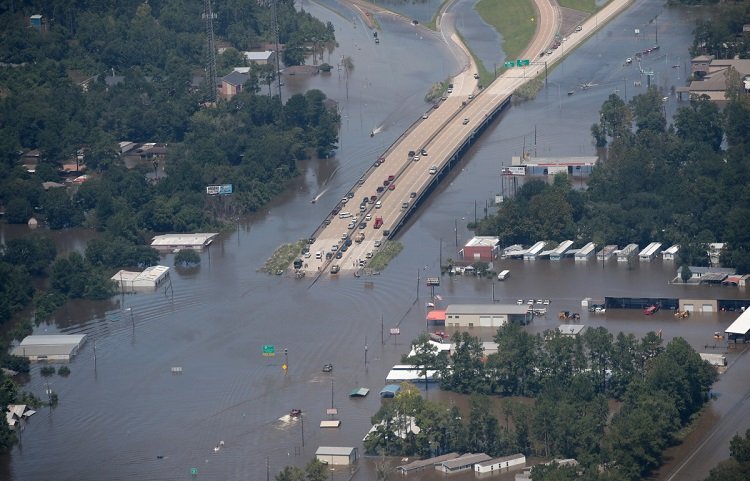
The Hurricane Harvey Flood of 2017
The Hurricane Harvey Flood of 2017 was one of the most destructive natural disasters in US history. The hurricane, which struck the Texas coast on August 25, 2017, brought historic rainfall to the region, causing widespread flooding and damage. Over 30,000 people were displaced and an estimated $125 billion in damages resulted from the storm. The disaster was one of the costliest hurricanes in US history and resulted in widespread public and private efforts to rebuild and support those affected.
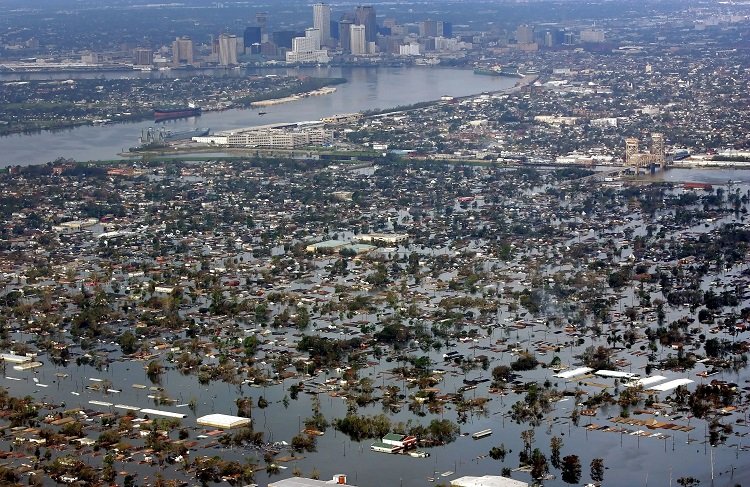
The Hurricane Katrina Flood of 2005
The Hurricane Katrina Flood of 2005 was one of the deadliest and most destructive natural disasters in US history. The hurricane struck the Gulf Coast on August 29, 2005, causing widespread damage and flooding in Louisiana and Mississippi. Over 1,800 people were killed and hundreds of thousands were displaced, many of whom were never able to return to their homes. The disaster resulted in widespread criticism of the government’s response and led to major reforms in disaster preparedness and response.
You may also like: Top 10 Native American Tribes In The United States
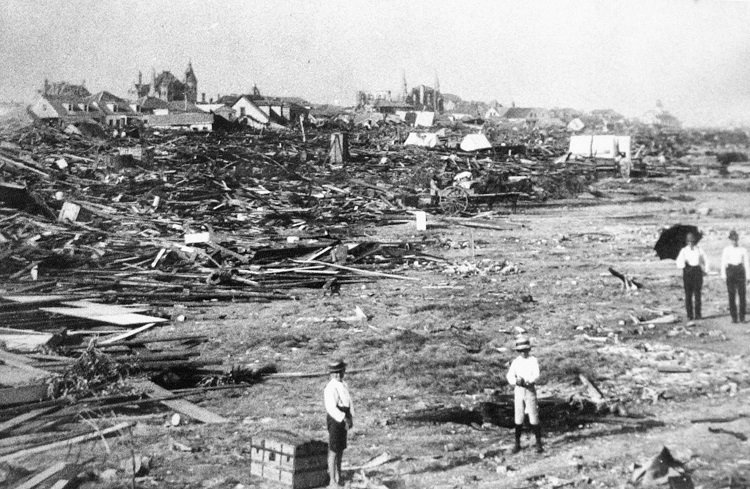
The Great Galveston Hurricane of 1900
The Great Galveston Hurricane of 1900 was one of the deadliest natural disasters in US history, killing an estimated 8,000 to 12,000 people in Galveston, Texas. The hurricane struck on September 8, 1900, bringing strong winds and heavy rainfall to the region, causing widespread damage and flooding. The disaster resulted in widespread poverty and suffering, as well as significant changes in disaster preparedness and response.

The Buffalo Creek Flood of 1972
The Buffalo Creek Flood of 1972 was a devastating disaster that occurred in Logan County, West Virginia. The disaster was caused by a coal waste dam failure, which sent a wall of water crashing into the communities below. The flood resulted in the deaths of over 125 people and caused widespread property damage. The disaster was one of the largest industrial accidents in US history and led to major changes in coal waste management practices.
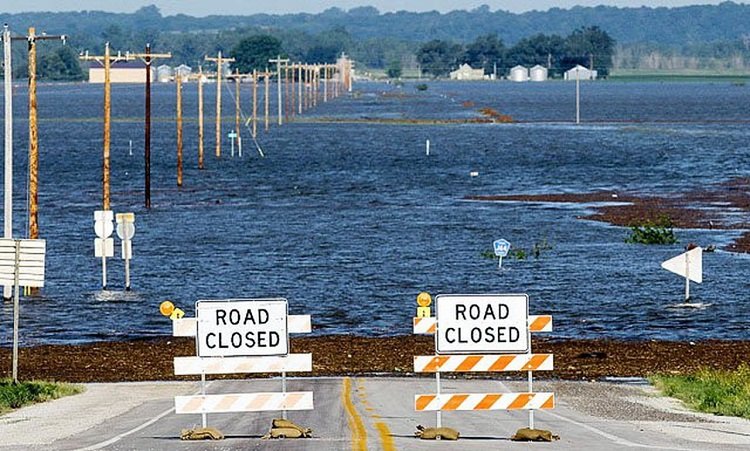
The August 2011 Missouri River Floods
The August 2011 Missouri River Floods were a series of devastating floods that affected several states along the Missouri River, including Iowa, Kansas, Missouri, and Nebraska. The floods were caused by heavy rainfall and the release of water from dams upstream, which caused widespread flooding and damage. The disaster resulted in several deaths, the displacement of thousands of people, and an estimated $2 billion in damages. The floods were one of the largest and most widespread natural disasters in US history and led to significant changes in disaster preparedness and response.
See also: 16 Most Beautiful First Ladies in the History of America

The Grand Forks Flood of 1997
The Grand Forks Flood of 1997 was a devastating flood that struck Grand Forks, North Dakota, and the surrounding region. The flood was caused by heavy snowmelt and rain, which overwhelmed the Red River and its tributaries. The disaster resulted in widespread flooding and damage, as well as the displacement of thousands of people. The flood was one of the largest and most costly natural disasters in North Dakota history, causing over $3 billion in damages.
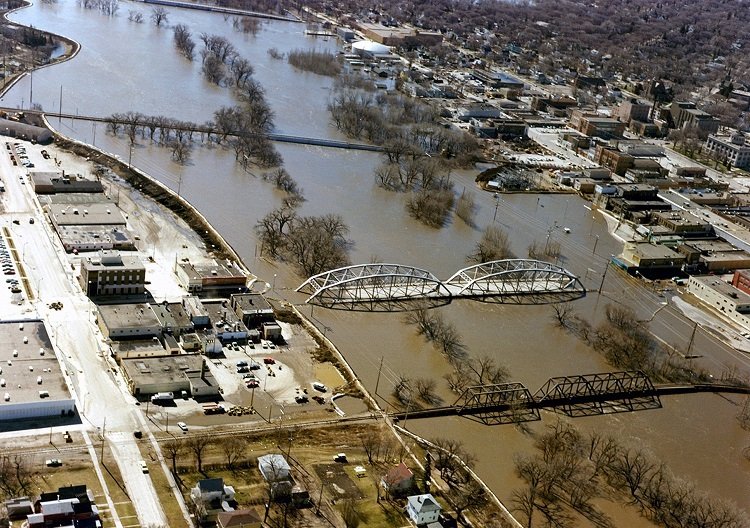
The 1997 Red River Flood
The 1997 Red River Flood was a widespread disaster that affected several states along the Red River, including North Dakota and Minnesota. The flood was caused by heavy snowmelt and rain, which overwhelmed the river and its tributaries. The disaster resulted in widespread flooding and damage, as well as the displacement of thousands of people. The flood was one of the largest and most costly natural disasters in the region’s history, causing over $2 billion in damages.
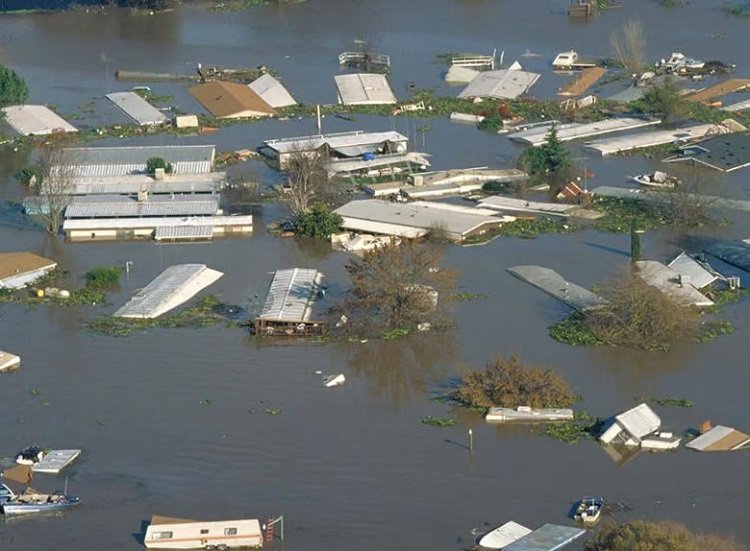
The 1997 El Nino California Floods
The 1997 El Nino California Floods were a series of devastating floods that affected the state of California during the 1997-1998 El Nino event. The floods were caused by heavy rainfall and were particularly destructive in coastal and low-lying areas. The disaster resulted in several deaths and widespread damage, as well as the displacement of thousands of people. The floods were one of the largest and most destructive natural disasters in California’s history.
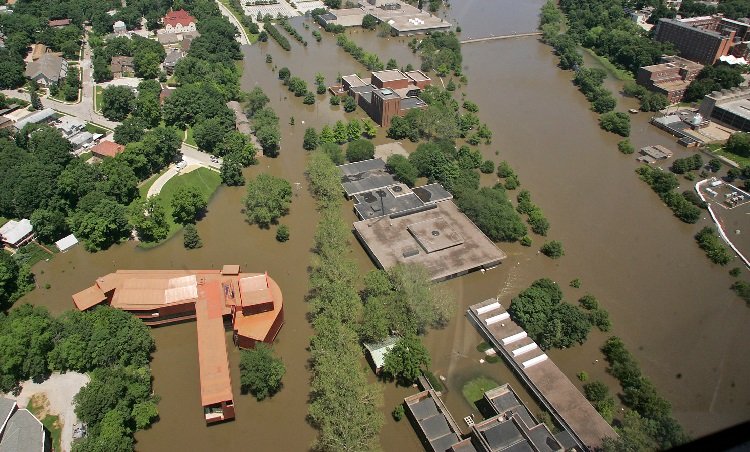
The Iowa Floods of 2008
The Iowa Floods of 2008 were a series of devastating floods that affected the state of Iowa and the surrounding region. The floods were caused by heavy rainfall and the melting of snowpack, which overwhelmed the state’s rivers and streams. The disaster resulted in several deaths and widespread damage, as well as the displacement of thousands of people. The floods were one of the largest and most costly natural disasters in Iowa history, causing over $10 billion in damages.
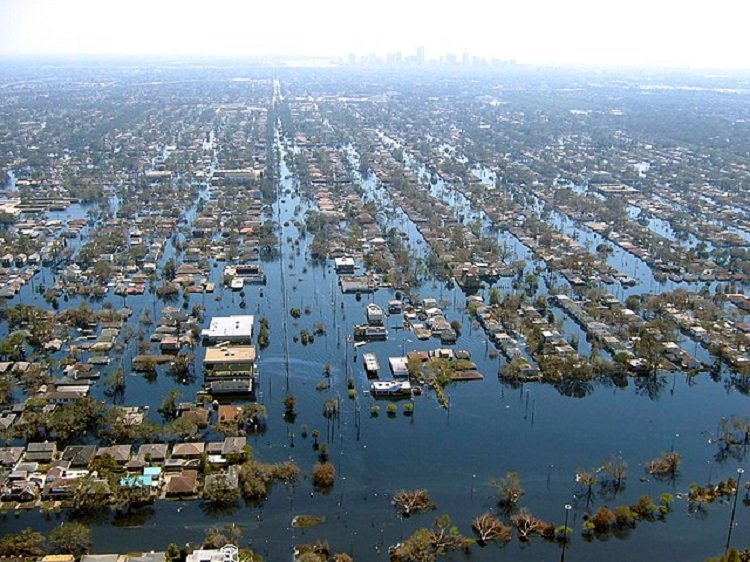
The 2001 Southern California Floods
The 2001 Southern California Floods were a series of devastating floods that affected the state of California and the surrounding region. The floods were caused by heavy rainfall and were particularly destructive in coastal and low-lying areas. The disaster resulted in several deaths and widespread damage, as well as the displacement of thousands of people. The floods were one of the largest and most destructive natural disasters in Southern California’s history.
Conclusion
In conclusion, the top 15 worst floods in US history have caused immense damage and loss of life, as well as significant economic impacts. From the Great Mississippi Flood of 1927 to the Hurricane Harvey Flood of 2017, these disasters have demonstrated the devastating power of nature and the importance of preparedness and disaster response. These floods have also highlighted the need for improved infrastructure, land-use planning, and risk-reduction measures to prevent and mitigate the impacts of future floods. The memory of these devastating events serves as a reminder of the importance of being prepared and taking proactive measures to protect communities from the impacts of future floods.
